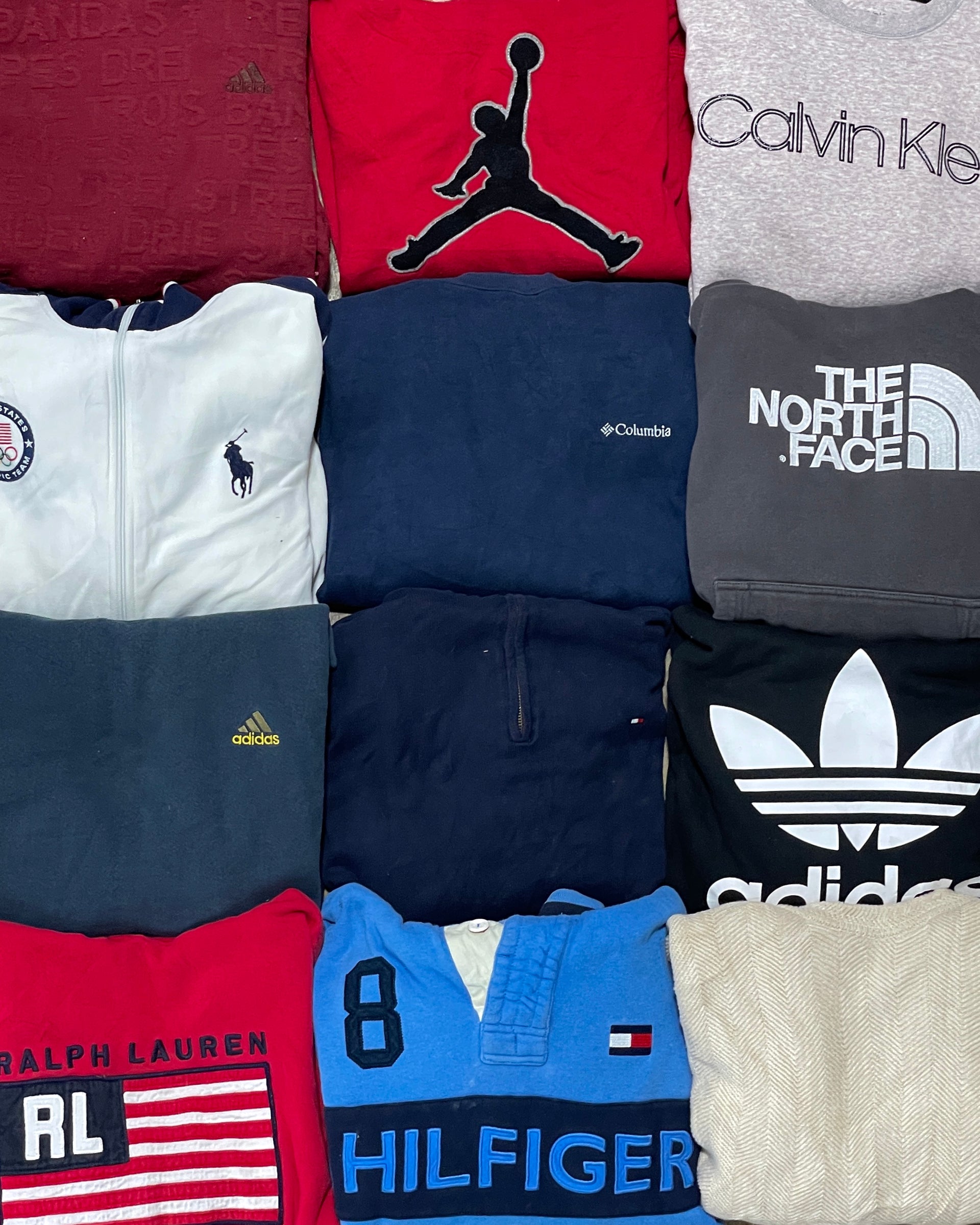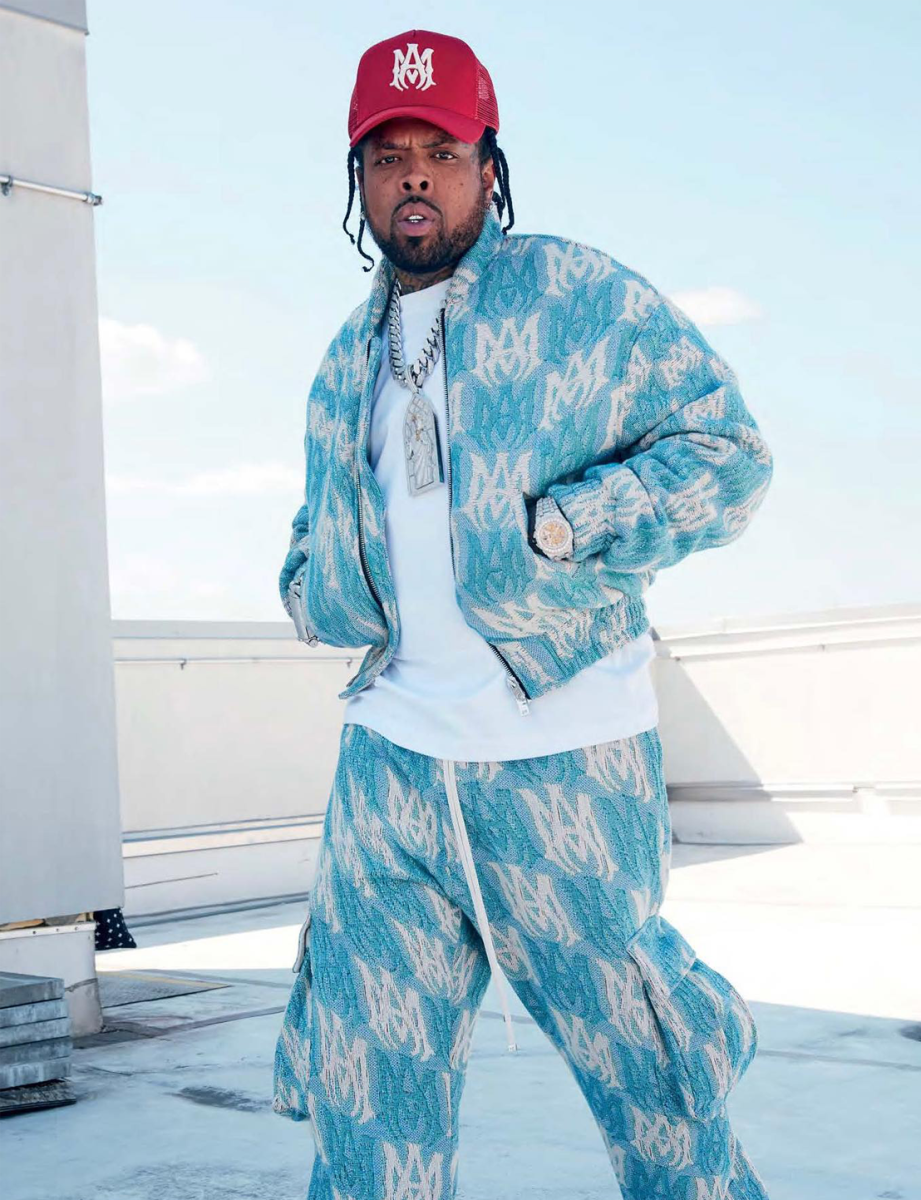How Fabric Choices in Branded Clothing Affect Comfort and Style
How Fabric Choices in Branded Clothing Affect Comfort and Style
Blog Article
The Value of Sustainable Apparel: Just How It Influences the Environment and Your Wardrobe
Sustainable garments is significantly recognized for its essential duty in lessening the environmental impact of the rapid fashion business. By focusing on environmentally friendly materials and honest manufacturing methods, it resolves pushing ecological issues. This change not only benefits the earth but likewise affects consumer options, leading to a much more thoughtful approach to wardrobe administration. Comprehending these characteristics increases important concerns regarding fashion's future and individual duty fit it.
The Environmental Footprint of Rapid Fashion

Benefits of Lasting Materials
Lasting products use substantial advantages, particularly through green textile options that reduce ecological damage. These materials likewise demonstrate toughness and long life, minimizing the demand for frequent replacements. Because of this, they contribute to a more sustainable garment industry and advertise liable consumer behavior.
Eco-Friendly Fabric Selections
While the fashion business has long been connected with rapid fads and ecological harm, the rise of environmentally friendly textile choices provides a transformative chance. Sustainable products such as natural cotton, hemp, and Tencel have gotten appeal because of their reduced eco-friendly influence. These materials are frequently created without harmful chemicals and require less water, minimizing their carbon footprint - Branded Clothing. Furthermore, lots of eco-friendly fabrics are eco-friendly, adding to a circular economy by lessening waste. Choosing sustainable materials not just sustains eco liable techniques however also advertises healthier communities. As customers end up being extra familiar with their purchasing power, the demand for eco-friendly fabrics urges brand names to innovate and embrace more lasting manufacturing approaches, ultimately benefiting the world and future generations
Resilience and Longevity Advantages
Many consumers are significantly identifying the toughness and durability advantages of sustainable products in their clothes options. Unlike traditional textiles, sustainable materials such as organic cotton, hemp, and recycled polyester are crafted to stand up to deterioration, leading to garments that last longer. This minimized frequency of replacement not just saves customers money over time yet likewise diminishes waste created by rapid style. In addition, lasting apparel often utilizes environment-friendly production approaches that enhance textile toughness, adding to a reduction in the general carbon impact. By buying sturdy apparel, consumers can grow an extra sustainable wardrobe while enjoying top quality items that keep their visual and capability with time. Consequently, resilience and durability stand as essential advantages of choosing sustainable materials.
Minimizing Waste Via Lasting Practices
Minimizing waste in the garment industry can be accomplished via cutting-edge methods such as upcycling and repurposing products. Furthermore, embracing minimal wardrobe approaches encourages customers to focus on top quality over amount, eventually lowering apparel consumption. With each other, these techniques contribute considerably to a more sustainable apparel design.
Upcycling and Repurposing Materials
Upcycling and repurposing products have become cutting-edge methods in the apparel industry, transforming disposed of textiles right into important brand-new items. This method not only reduces waste yet also urges creative thinking and individuality in clothes layout. By taking old garments and products, developers can create unique pieces that reflect personal design while decreasing the need for new resources. Furthermore, upcycling usually requires much less power and water contrasted to traditional manufacturing procedures, greatly decreasing the ecological footprint of style. As consumers become extra knowledgeable about sustainability, the popularity of upcycled garments remains to increase, advertising a circular economic situation. Eventually, these techniques add to a much more lasting future, where fashion prioritizes ecological health over quick manufacturing and intake.

Minimalist Wardrobe Strategies
As people significantly seek to decrease their environmental influence, taking on minimal wardrobe techniques has actually obtained traction as an effective technique to sustainable style. These methods emphasize high quality over amount, motivating consumers to curate a smaller collection of functional, sturdy garments. By focusing on classic pieces that can be mixed and matched, people can decrease the regularity of purchases and ultimately decrease waste.Additionally, minimalism advertises conscious consumption, advising shoppers to review the ecological and ethical implications of their selections. This technique not only fosters a more lasting way of living but additionally streamlines daily decision-making regarding outfit. As individuals embrace minimal concepts, they visit this website add to a fashion culture that values sustainability and accountable consumerism, inevitably bring about a more eco-conscious society.
The Function of Moral Labor in Lasting Style
While numerous customers are progressively knowledgeable about the ecological repercussions of their clothes options, the significance of moral labor methods in sustainable fashion can not be forgotten. Honest labor incorporates fair salaries, secure working problems, and regard for workers' rights, forming the foundation of accountable style manufacturing. Brands that prioritize honest labor not only boost communities but also set a criterion for liability in the industry.Moreover, the integration of moral methods cultivates transparency, allowing customers to make educated choices regarding their acquisitions. This technique contrasts greatly with fast style's exploitative labor designs, which often prioritize earnings over individuals. By sustaining companies devoted to moral labor, consumers add to a system that values human dignity alongside ecological sustainability. Honest labor is not just an add-on; it is essential to the broader objective of lasting fashion, guaranteeing that the mission for eco-friendliness does not come at the expenditure of human rights.
The Effect of Sustainable Clothing on Carbon Emissions
Sustainable garments has the potential to significantly minimize carbon exhausts connected with the apparel industry. Standard garment production contributes significantly to greenhouse gas discharges, largely due to energy-intensive manufacturing procedures and making use of non-renewable sources. In contrast, lasting fashion concentrates on eco-friendly materials, such as natural cotton or recycled fibers, which frequently require less energy to produce.Moreover, lasting brands tend to take on a lot more effective production methods, reducing waste and reducing general emissions. By focusing on toughness and timeless style, sustainable clothing motivates customers to buy less frequently, additional minimizing the carbon impact associated with overconsumption.Additionally, numerous sustainable brands are committed to transparency in their supply chains, enabling consumers to make informed choices that straighten with their values. Ultimately, moving in the direction of lasting clothes can result in a considerable reduction in carbon emissions, adding to a much healthier earth and a more lasting future for the garment industry.
Supporting Regional Economic Situations With Sustainable Choices
The shift towards lasting apparel not only addresses ecological issues however likewise significantly advantages regional economic climates. By selecting sustainable style, customers frequently sustain tiny companies and neighborhood artisans, improving area resilience. These business normally operate a smaller range, focusing on workmanship and ethical techniques over mass production.Investing in locally made lasting clothes promotes job creation and stimulates financial growth within neighborhoods. As consumers become more familiar with the environmental effect of their acquisitions, they increasingly look for items that show their worths. This need urges neighborhood suppliers to take on sustainable practices, contributing to a circular economy.Moreover, supporting regional services lowers transportation emissions, lining up with eco-conscious consumer behavior. The interconnectedness of lasting apparel and regional economic climates highlights the vital role that specific selections play in promoting both ecological and economic wellness. By cultivating these regional links, areas can prosper while also working in the direction of a more lasting future.
Transforming Your Wardrobe: Tips for a Lasting Closet
As individuals look for to reduce their ecological effect, changing a wardrobe right into a sustainable wardrobe comes to be a vital step. One effective technique is to examine existing more helpful hints apparel, maintaining only things that are put on consistently which align with sustainability objectives. Prioritizing high quality over quantity is crucial; investing in long lasting items from eco-friendly brand names can significantly decrease waste.Additionally, integrating second-hand items can take a breath brand-new life right into a closet while lessening ecological damages. Organizing apparel swaps with friends or donating unused items can even more promote sustainability.When buying, individuals need to look for materials that are natural, recycled, or biodegradable, and avoid quick fashion sellers - Branded Clothing. Finally, practicing conscious consumption by thoughtfully thinking about each purchase can add to a much more lasting lifestyle. By applying these suggestions, one can develop a wardrobe that shows personal style while sustaining ecological stewardship
Often Asked Inquiries
How Can I Recognize Lasting Garments Brands?
To recognize lasting apparel brand names, one should look into materials made use of, look for qualifications like Fair Trade, and analyze the brand name's openness about their production procedures, labor methods, and environmental effect, guaranteeing ethical and green methods are focused on.
What Are the Costs Connected With Lasting Fashion?
The costs connected with lasting style can differ substantially. Higher production expenses, honest sourcing, and environmentally friendly materials frequently cause increased list prices, which might hinder some customers while attracting ecologically aware consumers.
Can Sustainable Garments Be Fashionable and trendy?
Lasting apparel can certainly be elegant and stylish. Developers progressively focus on cutting-edge products and honest manufacturing methods, verifying that style and sustainability can coexist. Customers currently have varied options that mix aesthetics with ecological awareness.
How Does Washing Garments Affect Their Sustainability?
Washing clothing significantly influences sustainability by consuming water and energy, adding to air pollution, and causing microplastic release. Frequent washing can break down materials, shortening their lifespan and enhancing the demand for substitutes, ultimately intensifying environmental problems.
What Is the Life-span of Lasting Clothes Compared to Rapid Fashion?
The lifespan of sustainable apparel typically exceeds that of rapid style products, typically long-term several years as a result of quality materials and workmanship. On the other hand, fast style garments might deteriorate quickly, demanding even more constant replacements. Lasting clothes is increasingly acknowledged for its vital role in visit the site lessening the environmental influence of the rapid style market. While numerous consumers are increasingly conscious of the environmental effects of their apparel choices, the significance of honest labor methods in lasting style can not be ignored. Branded Clothing. Lasting clothing has the possible to substantially lower carbon discharges connected with the style industry. In contrast, sustainable fashion concentrates on eco-friendly materials, such as organic cotton or recycled fibers, which typically call for less power to produce.Moreover, lasting brands have a tendency to embrace more efficient manufacturing techniques, minimizing waste and decreasing general emissions. By focusing on longevity and ageless style, sustainable garments motivates consumers to buy much less frequently, further decreasing the carbon footprint associated with overconsumption.Additionally, numerous lasting brand names are committed to openness in their supply chains, allowing consumers to make informed choices that straighten with their worths
Report this page